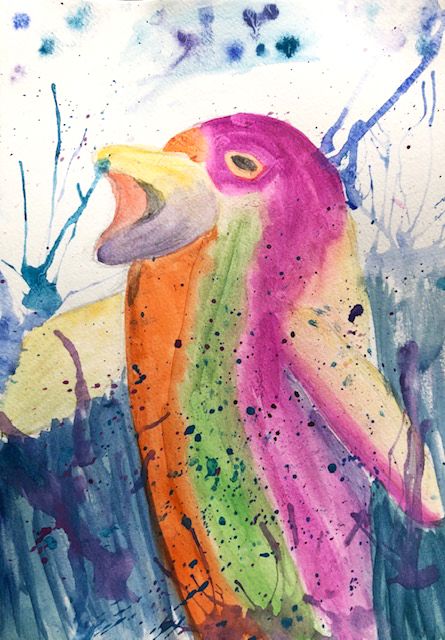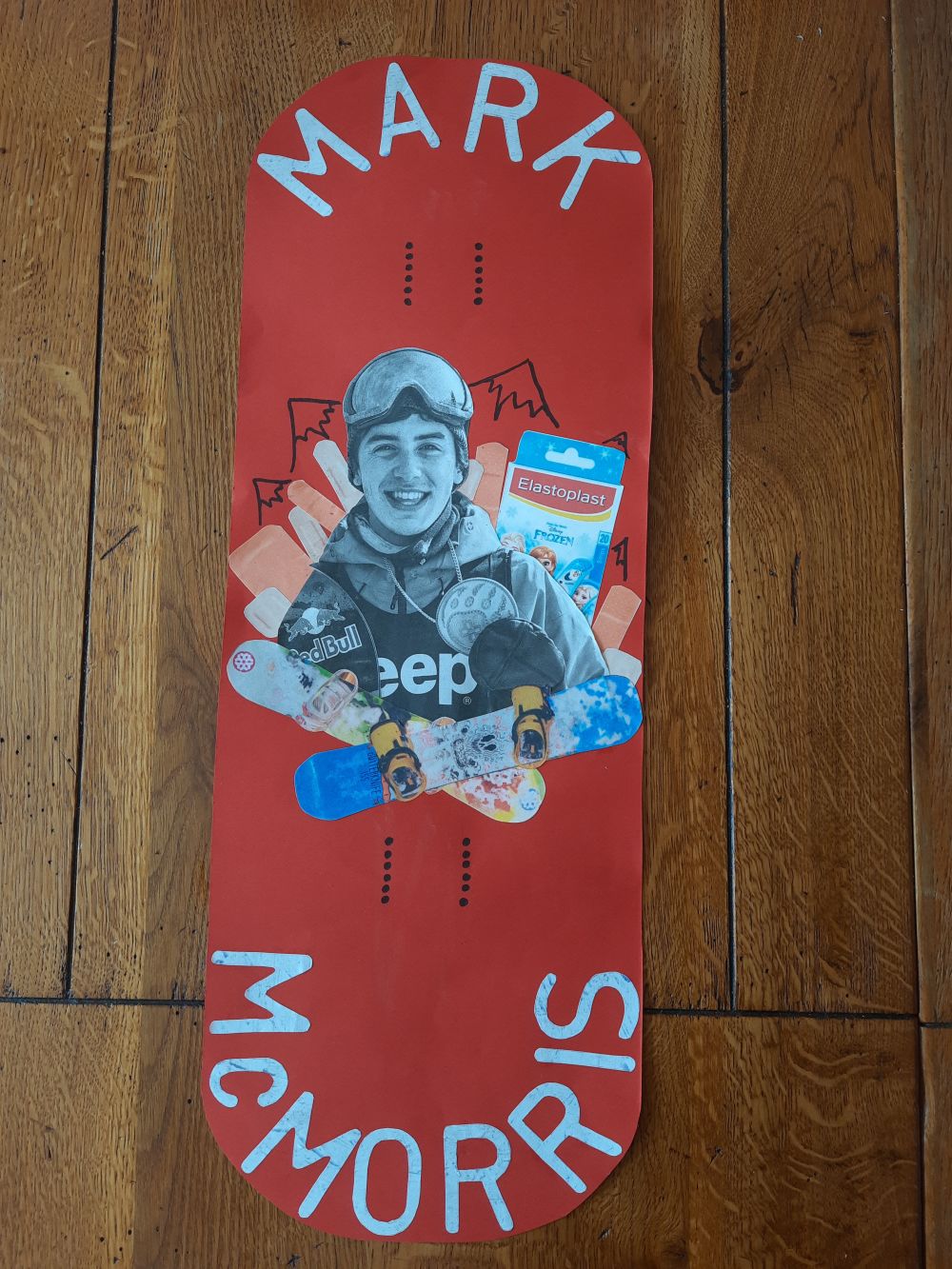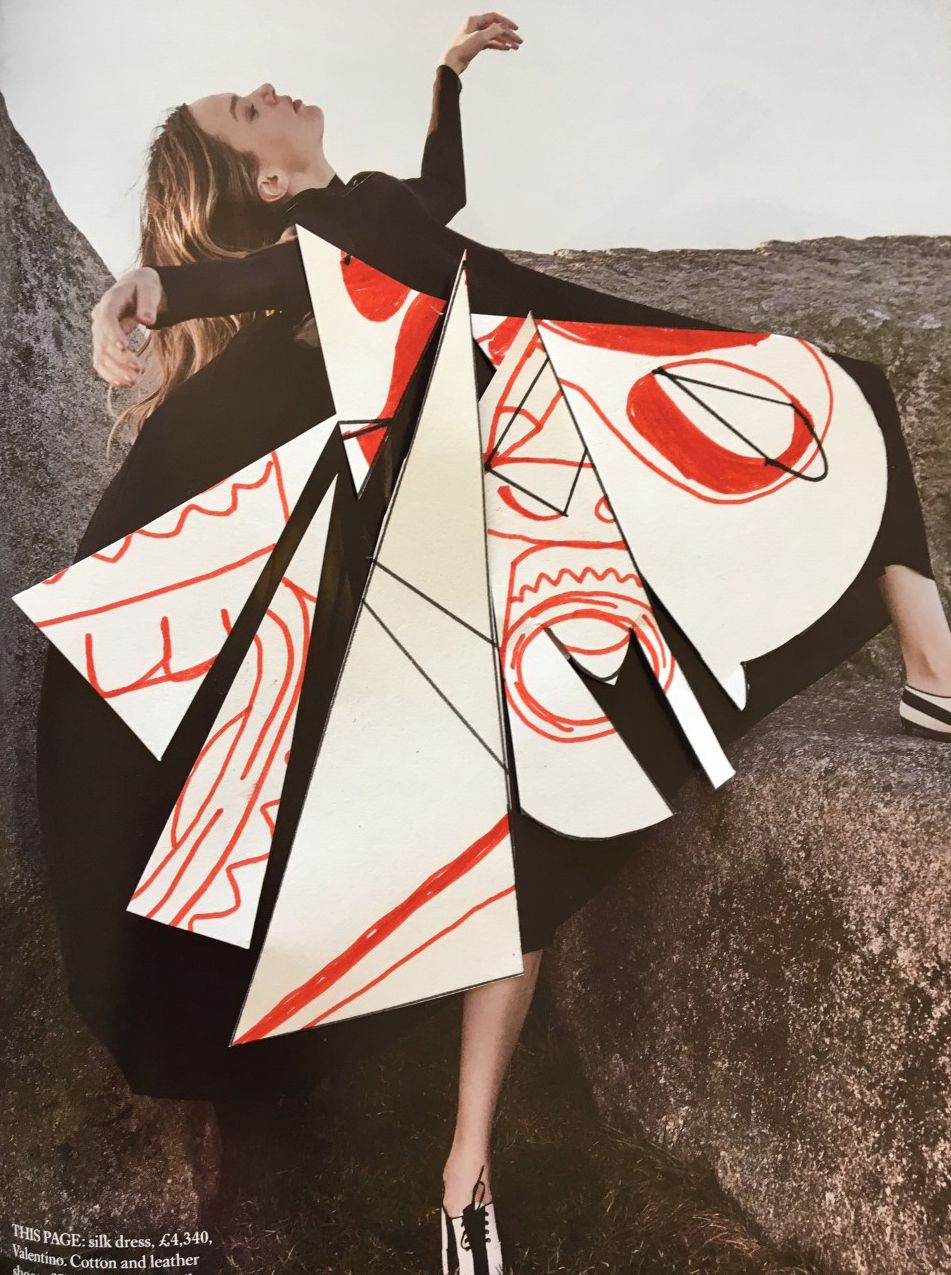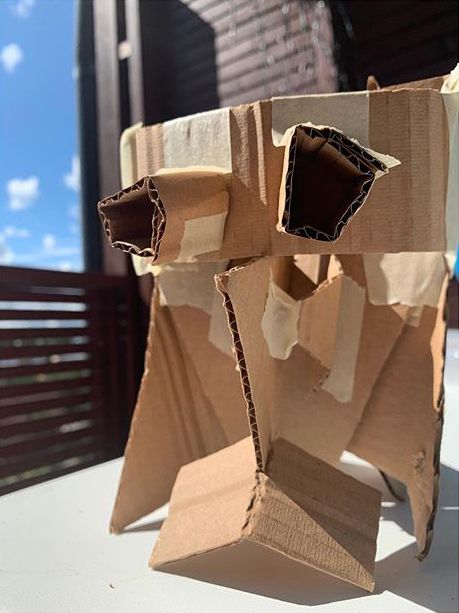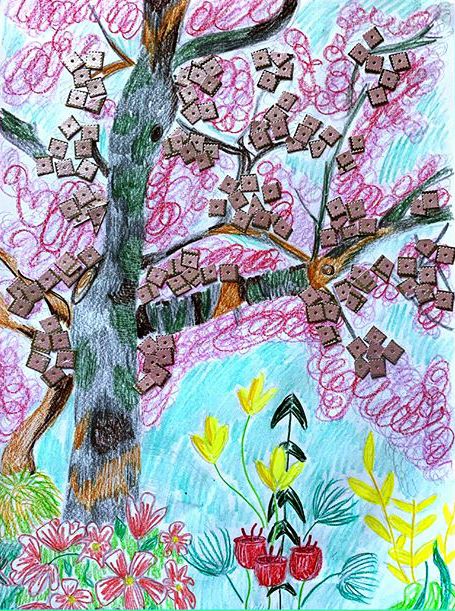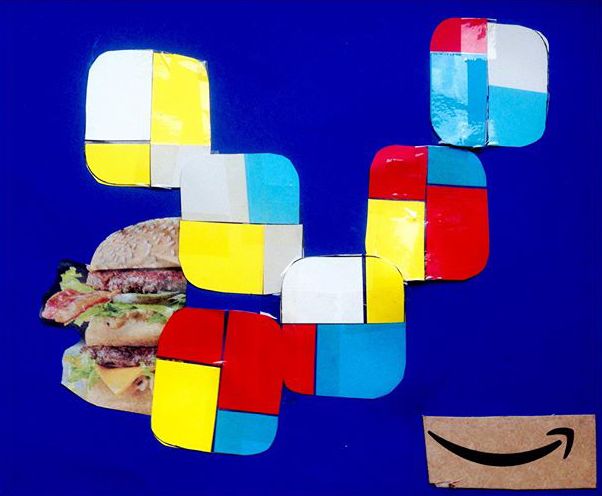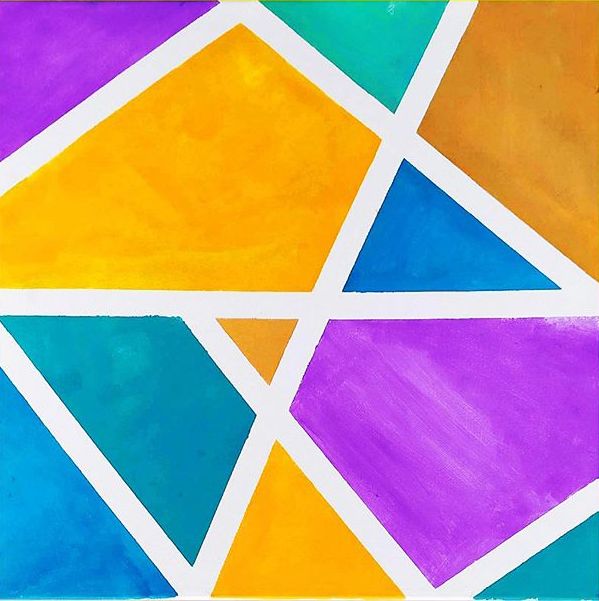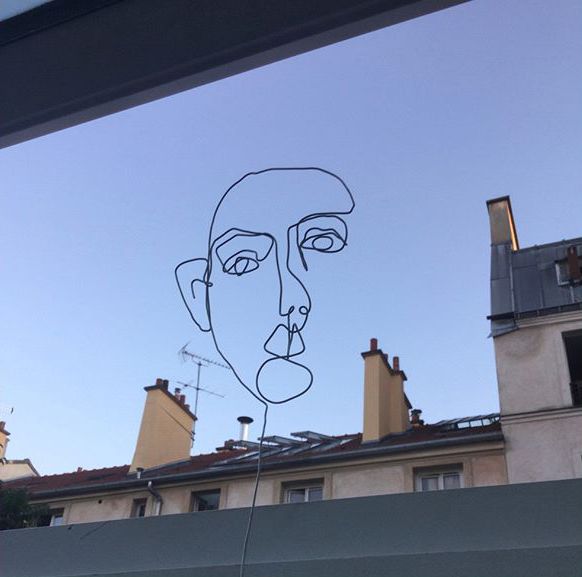We caught up with one of our Future Creatives tutors, Lydia Brockless, to find out more about her creative practice. Lydia shared insights with us about how her career as an artist and a tutor has unfolded, as well as offering her top tips for getting into making from a young age.
At Future Creatives, our main agenda is supporting the next generation of creative kids and teenagers in exploring their creativity outside of the classroom and helping teenagers develop their skills for GCSEs, A-levels and beyond.
The Future Creatives community have been learning how to use their art for activism by making posters, developing their 3D model making skills, enhancing their watercolour techniques, and much more.
Check-out out art classes for kids and teenagers, both online and face-to-face classes.
Future Creative Student's Work
Hi, what is your name and what do you teach?
I'm Lydia and I teach on the Future Creatives short courses.
How did you come to work in your field?
I wanted to be an artist from a young age, but never really knew how I could make a living as one. I studied Fine Art at university, then started renting a studio where I made my work.
I worked in retail and got into a few exhibitions, but it took me a few years to figure out that I would end up with something of a 'portfolio career' - that means doing a mix of jobs all at once, which I absolutely love. I started to get involved in workshop facilitation and teaching through community organisations local to me, alongside a job as an Art & Design Technician in a secondary school.
I'm now studying for my Masters in Sculpture whilst still doing freelance projects, teaching with Future Creatives and working at a brewery! I love the variety this way of working brings, and it allows me to manage my own time and do lots of things that interest me.
Could you tell us a little bit about something you've been working on recently as well as your wider practice?
Recently I've been working a lot smaller! For obvious reasons I have been working from home in the last few months, as I haven't been able to use my studio at university. This has been challenging, but I definitely feel like great things happen when we are forced to adapt to new ways of working.
Right at the beginning of lockdown, I was struggling to find the energy to ‘make stuff’, so I ended up focusing a lot more on writing. This really helped me to get to grips with some of the themes I deal with in my work, researching lots of texts and really scrutinising the detail of what I want to say with my work. I read all sorts of books about our human relationship to the Earth, the history of landscape, geology, archaeology, and then moved on to exploring lots of ideas and theories about time and memory too.
More recently I’ve got back into making again, revisiting some of the processes I was experimenting with before the lockdown, but on a smaller scale! I’m still fascinated with the power of paper, for example the 3D qualities it has when you do something as simple as crumpling it. It can take on a completely different set of characteristics, and depending on what you do to the surface, you can fool people into thinking it’s made of fabric or even metal! I also love drawing and cutting with paper.
I’m really interested in our relationship to surface pattern, and for a long time I’ve been musing on William Morris’ famous Willow Bough print , which my Mum chose for our living room at home. I’ve used my own version of the willow leaf motif throughout lots of drawings and paper sculptures over the last couple of years. Other materials I love include paper, plaster and wire, all quite basic, ‘poor’ materials, but materials that have a massive versatility. I’m using them to make my own versions of some natural features such as rocks, water and plants, and seeing how their properties change as they are formed into crafted objects.
Lydia's work
Tell us about one piece of creative work by another Artist that has been on your mind lately
I've been going mad for the work of Josephine Baker. I'm so intrigued by her use of materials; the way she can create arresting surfaces and surreal worlds with just a few materials. I also think her use of colour is to die for.
What advice would you give to aspiring creatives?
Just keep at it. In being a creative person, you have something no-one else has, and you need to find time to practice and really get to know your work. In career terms, don't feel like you have to just go and do one thing for your whole life. Find opportunities to build your skill set and offer creativity in everything you do. There is no right or wrong way to be an artist; you might do jobs that don't feel like they've got anything to do with art, but you'll still always be an artist.
Also, don’t just go to galleries to find inspiration for your work; the whole world is full of people, places and things which can spark ideas and provide all sorts of triggers for creative thinking. If something means something to you, make art about it!
How has teaching students on Short Courses informed your approach to art?
I have been reminded about the power of going back to basics. Starting with a simple drawing on paper, there are infinite possibilities for how that can develop, but the key is not to be intimidated by the choice. Make small changes to the work, develop it by using different materials and playing with scale and proportions, and you can slowly build something. It's a great way to work if you are struggling with 'artist's block'.
What is the most important thing that students take away from your course?
I hope that students learn how important it is to experiment, and not to be too precious about producing a perfect outcome every time. Art is about learning, and we often learn by making mistakes! I hope that students are able to see that you don't always have to get it right first time - in fact, it's often better that you don't, because you learn more that way, and you'll end up with something a lot more authentic.
We love Lydia’s advice of going back to basics when you’re struggling for ideas, to stay curious by experimenting with new techniques and approaches and to keep looking for opportunities to expand your creative toolkit.


